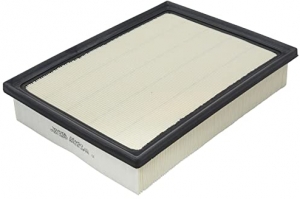-
Welcome to 4Runners.com!
You are currently viewing as a guest! To get full-access, you need to register for a FREE account.
As a registered member, you’ll be able to:- Participate in all 4Runner discussion topics
- Transfer over your build thread from a different forum to this one
- Communicate privately with other 4Runner owners from around the world
- Post your own photos in our Members Gallery
- Access all special features of the site
Propane locker for 11 lb. propane tank
Discussion in '5th Gen 4Runners (2010-2024)' started by Cuda, Jun 3, 2023.

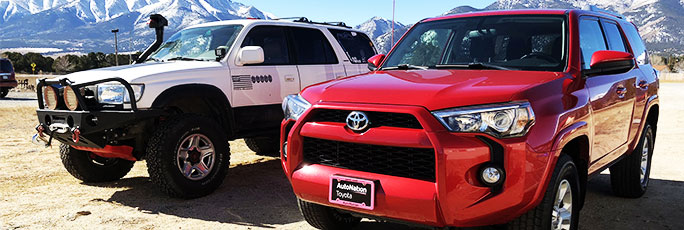
 Splash guards question
Splash guards question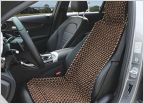 Seat cooler? Leather Tech
Seat cooler? Leather Tech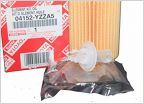 Proven method
Proven method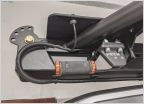 License Plate LED Light Addition for Hitch Mounted Tire Carrier
License Plate LED Light Addition for Hitch Mounted Tire Carrier Finally...
Finally... Oil change
Oil change




























